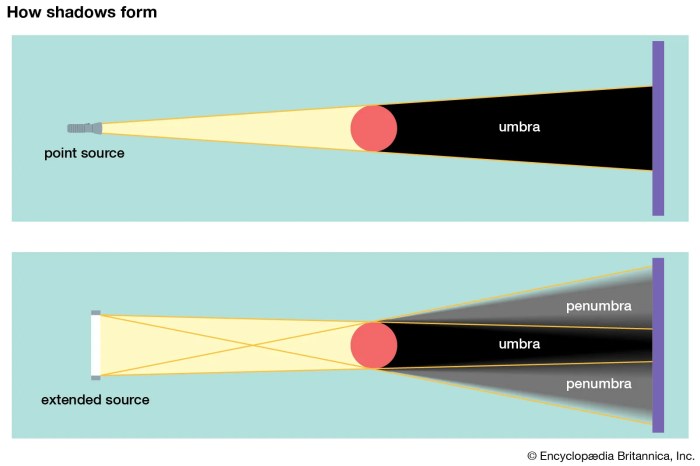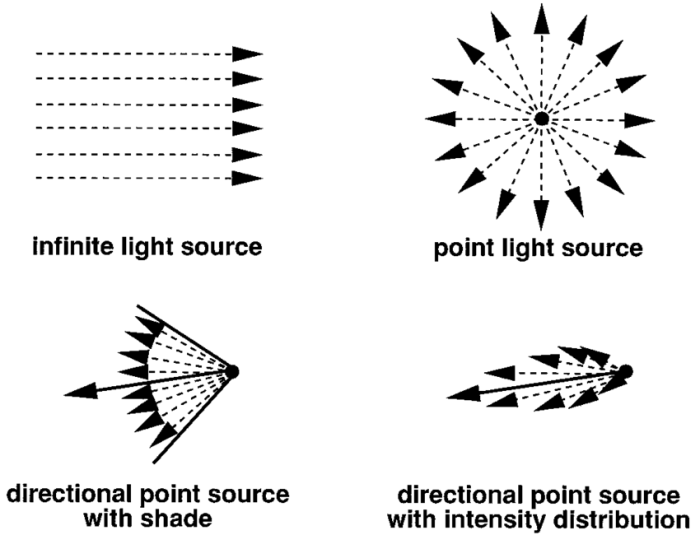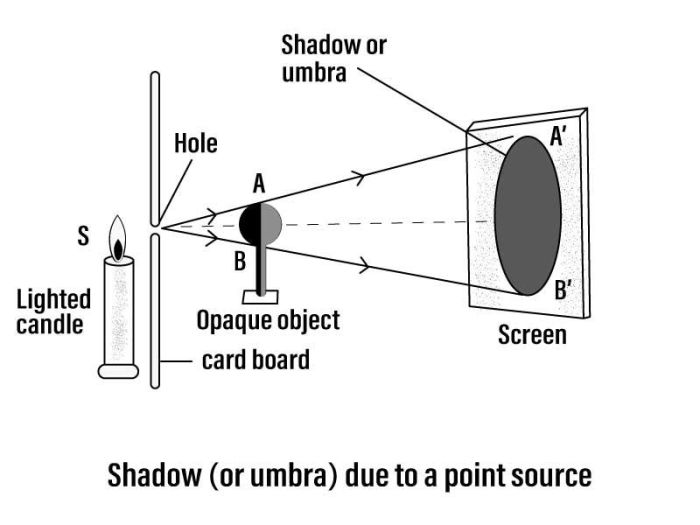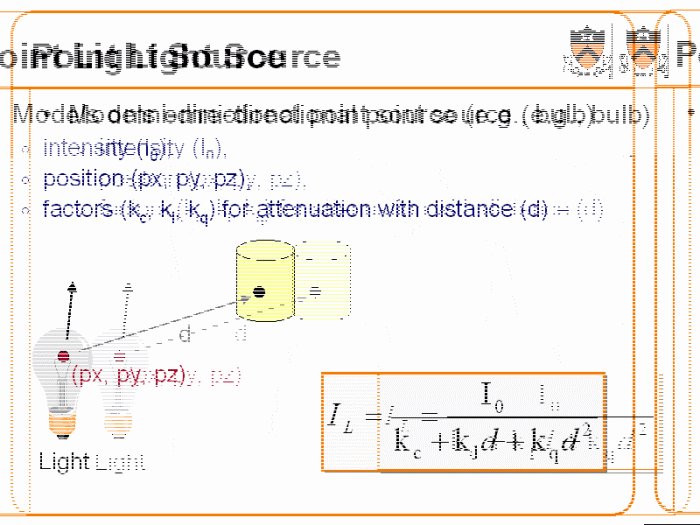When a point source of light is submerged in a medium, its behavior undergoes fascinating transformations due to the interplay of refraction, reflection, scattering, and absorption. This phenomenon has profound implications in various scientific and engineering disciplines, offering unique insights and enabling groundbreaking applications.
Delving into the principles governing the propagation of light in such scenarios, we uncover the challenges and opportunities presented by submerged point sources. By understanding these optical phenomena, we empower ourselves to harness their potential for advancing our knowledge and technological capabilities.
Refraction and Reflection of Light

When light passes from one medium to another, such as from air to water, it undergoes refraction and reflection. Refraction is the bending of light as it enters a different medium due to a change in its speed. The angle of refraction depends on the wavelength of light, the angle of incidence, and the refractive indices of the two media.
Reflection, on the other hand, is the bouncing back of light from a surface. The angle of reflection is equal to the angle of incidence.
In the case of a submerged point source, the light emitted undergoes refraction as it enters the water and again as it exits the water. The path of the light is affected by the refractive indices of the water and the surrounding medium.
The angle of refraction at each interface determines the direction of the light as it propagates through the medium.
Examples of Applications
- Underwater photography and videography use the principles of refraction and reflection to capture images of objects beneath the water’s surface.
- Fiber optic communication systems rely on the total internal reflection of light within the fiber to transmit signals over long distances.
Light Scattering and Absorption

Light scattering is the dispersion of light as it interacts with particles or molecules in a medium. Scattering can be caused by particles of various sizes and shapes, including molecules, dust, and water droplets. The type of scattering depends on the size of the particles relative to the wavelength of light.
Light absorption is the process by which light energy is converted into other forms of energy, such as heat or chemical energy. Absorption can occur when light interacts with molecules or atoms that have specific absorption bands corresponding to the wavelength of light.
Types of Scattering
- Rayleigh scattering: Scattering by particles much smaller than the wavelength of light, resulting in the scattering of light in all directions.
- Mie scattering: Scattering by particles of comparable size to the wavelength of light, resulting in a more directional scattering pattern.
The intensity of light from a submerged point source is affected by both scattering and absorption. Scattering reduces the intensity of the light as it propagates through the medium, while absorption further reduces the intensity by converting light energy into other forms.
Imaging Techniques

Imaging a submerged point source poses challenges due to the scattering and absorption of light in the medium. Conventional imaging techniques, such as photography, are limited by the blurring and distortion caused by these effects.
To overcome these challenges, specialized imaging techniques have been developed, including:
Confocal Microscopy
Confocal microscopy uses a focused laser beam to scan the sample, collecting only the light emitted from a specific depth. This technique reduces out-of-focus light and improves image resolution.
Light Sheet Microscopy, A point source of light is submerged
Light sheet microscopy illuminates the sample with a thin sheet of light, allowing for high-speed imaging of large volumes. This technique minimizes scattering and provides clearer images.
Photoacoustic Imaging
Photoacoustic imaging uses laser pulses to generate sound waves within the sample. These sound waves are detected and used to create images, providing information about the absorption and scattering properties of the sample.
These imaging techniques are used in various applications, such as biological imaging, materials science, and medical diagnostics.
Applications in Science and Engineering: A Point Source Of Light Is Submerged

Submerged point sources have diverse applications in scientific research and engineering.
Scientific Research
- Microscopy: Submerged point sources are used in microscopy techniques, such as confocal microscopy, to image biological samples and materials.
- Spectroscopy: Submerged point sources are used in spectroscopy to study the absorption and scattering properties of materials.
- Optical tweezers: Submerged point sources are used in optical tweezers to manipulate and study small particles and biological cells.
Engineering Applications
- Underwater communication: Submerged point sources are used in underwater communication systems to transmit data through the water.
- Navigation: Submerged point sources are used in underwater navigation systems to determine the position and orientation of vehicles.
- Sensing: Submerged point sources are used in sensors to detect and measure various physical and chemical parameters in the water.
Essential Questionnaire
How does refraction affect the path of light from a submerged point source?
Refraction bends the light rays as they cross the boundary between two media with different refractive indices, causing the light to change direction.
What is the impact of scattering on the intensity of light from a submerged point source?
Scattering reduces the intensity of light by redirecting photons in various directions, resulting in a decrease in the amount of light reaching the observer.
How do imaging techniques overcome the challenges of imaging a submerged point source?
Confocal microscopy, light sheet microscopy, and photoacoustic imaging employ specialized techniques to minimize scattering and absorption, allowing for clearer imaging of submerged objects.